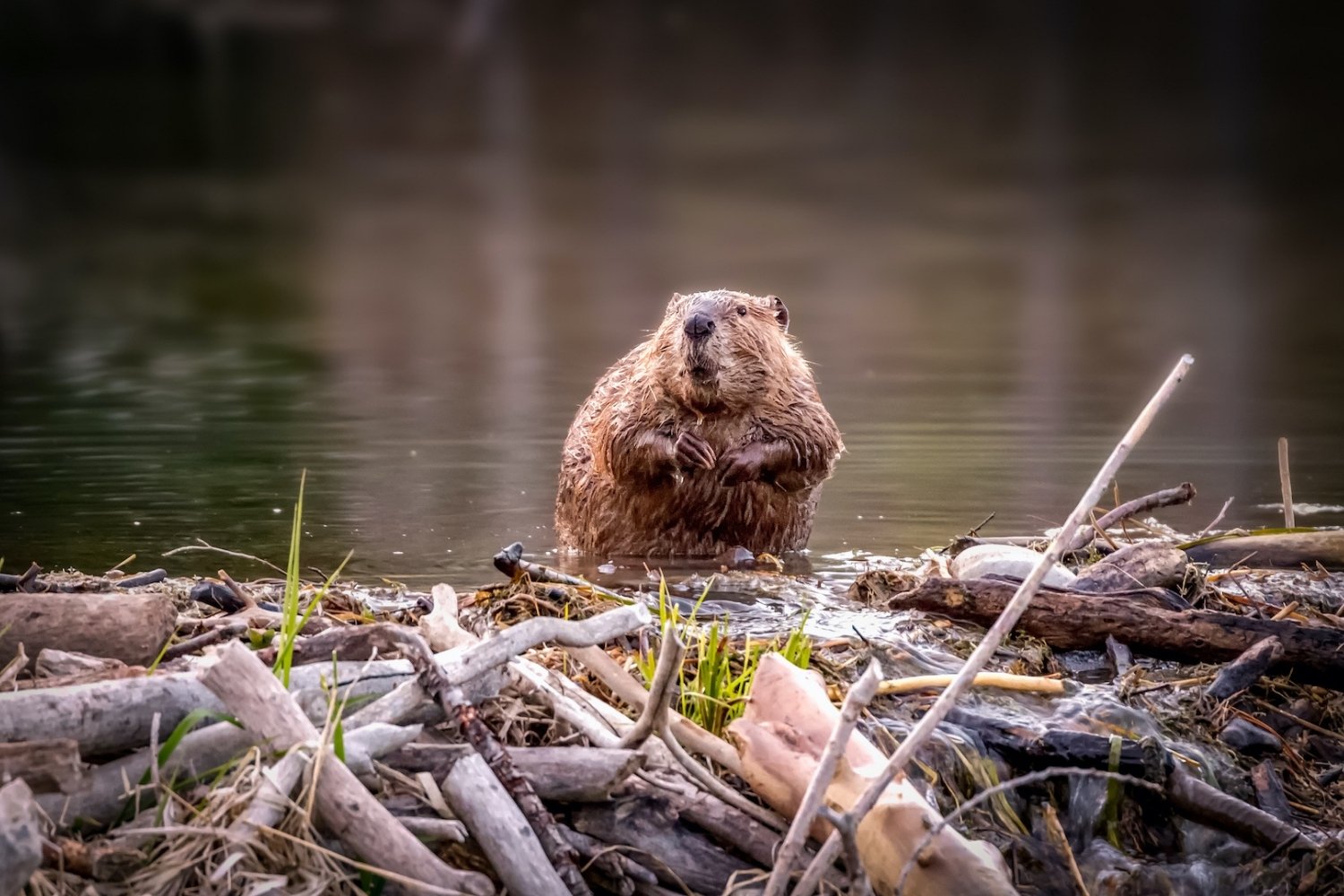Secrets Of Beaver Dam Ecosystems In Oregon’s Malheur National Wildlife Refuge

Have you ever wondered how beaver dams shape the environment? In Oregon's Malheur National Wildlife Refuge, these industrious animals create incredible ecosystems. Their dams slow water flow, which helps prevent erosion and creates wetlands. These wetlands become homes for many plants and animals, including birds, fish, and insects. By building dams, beavers also help filter water, improving its quality. Visiting the refuge offers a chance to see these amazing structures up close and learn about the important role beavers play in maintaining healthy habitats. Ready to explore the wonders of beaver dams in Oregon? Let's dive in!
Discovering Beaver Dams in Oregon's Malheur National Wildlife Refuge
Beaver dams are nature's architects, creating intricate ecosystems that support a variety of wildlife. Oregon's Malheur National Wildlife Refuge is a prime location to witness these fascinating structures. Let's explore some of the best spots within the refuge to see these incredible beaver dams.
1. Malheur Lake
Malheur Lake is a vast, shallow lake that attracts numerous bird species. The beaver dams here are particularly impressive, creating small ponds and wetlands that provide habitat for fish, amphibians, and birds.
- Birdwatching Paradise: Spot pelicans, herons, and egrets.
- Fishing Haven: Look for fish species thriving in beaver-created ponds.
- Amphibian Abode: Frogs and salamanders are common sights.
2. Blitzen River
The Blitzen River meanders through the refuge, offering a perfect environment for beavers to build their dams. The river's slow-moving waters and abundant vegetation make it an ideal spot for these industrious animals.
- Scenic Views: Enjoy picturesque landscapes along the river.
- Wildlife Watching: Deer, otters, and muskrats frequent the area.
- Hiking Trails: Explore trails that follow the river's course.
3. Buena Vista Overlook
Buena Vista Overlook provides a panoramic view of the refuge, including several beaver dams. This vantage point allows visitors to appreciate the scale and impact of beaver engineering on the landscape.
- Panoramic Views: Capture stunning photos of the refuge.
- Educational Displays: Learn about beaver behavior and ecology.
- Picnic Spots: Enjoy a meal with a view.
4. P Ranch
P Ranch is a historic site within the refuge, offering a glimpse into the area's past. The nearby waterways are home to several beaver dams, creating lush wetlands that support diverse plant and animal life.
- Historic Site: Explore the history of P Ranch.
- Wetland Wonders: Observe the rich biodiversity in beaver-created wetlands.
- Guided Tours: Join a tour to learn more about the refuge's history and ecology.
5. Krumbo Reservoir
Krumbo Reservoir is a popular spot for fishing and birdwatching. The beaver dams here create a series of ponds and wetlands that attract a variety of wildlife, making it a great place to observe nature in action.
- Fishing Opportunities: Catch trout and other fish species.
- Birdwatching Hotspot: Look for waterfowl and shorebirds.
- Nature Trails: Walk along trails that offer views of beaver dams and wildlife.
6. Double-O Unit
The Double-O Unit is a remote area of the refuge, known for its pristine wetlands and abundant wildlife. Beavers have built numerous dams here, creating a complex network of ponds and channels.
- Remote Beauty: Experience the tranquility of a less-visited area.
- Wildlife Diversity: Spot a variety of animals, from birds to mammals.
- Photography Opportunities: Capture the beauty of untouched wetlands.
7. Sodhouse Ranch
Sodhouse Ranch is another historic site within the refuge, surrounded by beaver activity. The dams here create a mosaic of wetlands that support a wide range of species.
- Historic Exploration: Discover the history of Sodhouse Ranch.
- Wetland Ecosystems: Observe the interplay of water, plants, and animals.
- Educational Programs: Participate in programs to learn about beaver ecology.
8. Frenchglen
Frenchglen is a small community near the refuge, offering access to several beaver dam sites. The surrounding area is rich in natural beauty and wildlife, making it a great base for exploring the refuge.
- Community Charm: Experience the hospitality of Frenchglen.
- Nearby Dams: Visit beaver dams in the vicinity.
- Local Attractions: Explore other natural and cultural sites nearby.
The Impact of Beaver Dams on Malheur National Wildlife Refuge
Beaver dams play a crucial role in the Malheur National Wildlife Refuge. These structures help create diverse habitats, supporting a wide range of wildlife. From fish to birds, many species thrive thanks to the wetlands formed by beaver activity. The dams also improve water quality by filtering sediments and pollutants. This natural filtration benefits both the environment and the animals living there. Additionally, beaver dams help mitigate the effects of drought by maintaining water levels during dry periods. This makes the refuge more resilient to climate change. Understanding the importance of beaver dams highlights the need for conservation efforts. Protecting these industrious animals ensures the health of the entire ecosystem. Next time you visit the Malheur National Wildlife Refuge, take a moment to appreciate the beavers and their incredible engineering skills. Their work truly shapes the landscape and supports a vibrant, thriving environment.

